|
If you haven’t read Part One of this story, then it’s time to catch up to everyone before we continue our journey heading west in Franken. http://thewineknitter.com/1/post/2019/10/day-755-exploring-the-franken-wine-region-part-one.html Winzer Sommerach There are five wine cooperatives in the Franken wine region. And our first stop of the day was to the oldest cooperative, Winzer Sommerach, founded in 1901. Located in the small community of Sommerach, (literal German translation is “The place on the sunny side of the river.”), the co-op was formed with only 36 members. Today there are 220 members (90 families) and 196 hectares of vineyards. Thomas Baumann, a winemaker and member of the co-op who is quite jovial and informative, led us on a spirited tour and wine tasting. As Thomas explained, “We have had one credo since the co-op’s inception and that is ‘Unity Is Strength’”. The vines are planted throughout ten vineyards with a variety of grapes such as Silvaner, Müller-Thurgau, Riesling, Bacchus, Kerner, Spätburgunder and Domina. All the families tend the vineyards with passion and dedication that transcends to the wines they make. Eighty different types of wine are produced every year with well over 1.3 million liters of wine sold per year. Here is a review of the two wines we tasted. Frizzante Valentin Cuvee is a sparkling wine with a blend of three grapes, including Traminer. It is light and refreshing with soft fruit aromas and flavor. This is a nicely balanced wine with crisp acidity, minerality and fine bubbles. Silvaner Kabinett Trocken 2018 is 100% Silvaner with fresh aromas of citrus, grapefruit and minerality. The palate is layered with citrus, pear, melon, minerality and a touch of lemon zest on the finish. It is well balanced with lively acidity. Alcohol: 13% The tour of the ancient wine cellar was amazing and is depicted in the slide show below. The statue is of St. Urban of Langres, the patron saint of all who work in the wine industry. Photo credits: Penny Weiss Weingut Rainer Sauer Rainer Sauer winery is located in the charming town of Volkach, a town rich with history that dates back over 1000 years. The original building where Rainer Sauer winery resides was erected in 1880 and the old wine cellar was built in 1890. For at least four generations, the Rainer family has been involved in the wine industry. In 1979, Helga and Rainer Sauer took over the estate and began selling wines under the Rainer Sauer label. Their son Daniel joined the team in 2007 and was involved in taking steps to direct the estate towards biodynamic farming and organic production. Daniel said, ”We are totally organic and our goal now is certification”. The winery was renovated starting in 2013 and was completed in 2015. It is an architectural masterpiece and worth stopping at for a tour and a glass of wine. And speaking of wine, Daniel met us outside when we arrived at Rainer Sauer with a glass of sparkling wine for each of us. As Daniel led us on the tour he explained the hopes of eventually becoming “a complete white wine winery.” The vineyards are planted with 2% red grapes and 98% white grapes of which 61% is Silvaner. His father Rainer is considered the “Pope of Silvaner”. Daniel said, “It is important to integrate tradition and modern with the least possible intervention and let the grapes speak.” The winery is the first in Franken to make use of egg-shaped concrete tanks for white wine fermentation. Daniel said, “The egg creates a completely different style of Silvaner wine with more layers and more complexity.” Here is a review of both wines we tasted. Blanc De Noir Extra Brut Sekt is a lovely sparkling wine made in the traditional Champagne method. This wine is dry and very aromatic with fine and delicate bubbles. The palate offers citrus, stone fruit, minerality, bread and a hint of floral. Alcohol: 13.5% Silvaner AB OVO 2017 is 100% Silvaner and was fermented in egg-shaped concrete tanks. OVO means ‘from the egg’. This is a rich and complex wine with aromas of citrus, grapefruit and minerality that spill onto the palate with fresh tangerine, pear and herbal notes. Lively acidity brings it all together for a unique Silvaner experience. Alcohol: 13% In the Rainer Sauer upstairs tasting room, a mural of photographs and words tell the story of the winery and one phrase that spoke to me so deeply was this. The German translation to English is: “The center of the world is always where you are right now.” For more information about this winery, please visit https://www.weingut-rainer-sauer.de It was time for lunch and another wine cellar tour, so we made our way to Restaurant Zur Schwane in Volkach. Not only is Zur Schwane a restaurant, but they also have a hotel and winery with a very old wine cellar. In 1996, Ralph Düker and Eva Pfaff-Düker became owners of this historic building that dates back over 600 years. Here are a few photos from our brief time spent here. Photo credits: Penny Weiss Our next stop on this whirlwind tour was the town of Iphofen, nestled in the heartland of Franken where time has stood still for over 800 years. This medieval town is complete with stone walls and gates and a population of fewer than 5000 people. Crooked timber-framed houses sit in defiance on quiet roads. In fact, the most noise one hears are the beautiful church bells that seem to chime at any given moment. We asked the guide how the town survived so many wars without one scar. He told us that Iphofen became a hospital during the last war. A large red cross was painted in the town square warning planes not to drop bombs! In addition to its history, Iphofen is central to many vineyards. Vinothek Iphofen is a local place to taste and enjoy wine from the region. Here is a short slide show of Iphofen. BTW, Vinothek translated is ‘wine store’. Photo credits: Penny Weiss The day ended with wine and “Franconian Tapas” at Vinotheque Fahr Away in Volkach, a wine bar owned by Heike and Thomas Braun. They also own a hotel and make delicious wine. We tasted a variety of wines from Familienweingut Braun with their cellarmaster Kristin Zwiener who guided us through the wines as we enjoyed eight tapas paired nicely with the wine. It was a feast for the palate! Photo credits: Penny Weiss https://weinbar-fahraway.de The next day we drove to the Haßberge district where the low mountains and rolling hills of the Hassberge Mountains are located. Our destination was Zeil am Main, a town on the right side of the Main River. Views of castle ruins, medieval walls and endless vineyards are breathtaking here. We met up with Max Martin of Weingut Martin who was our guide on a vigorous hike up the Abt-Degan-Steig, a trail on the southern slope of the Haßberge Mountains. We hiked through medieval vineyards, small vineyard terrace, stone staircases and the vineyards of Weingut Martin. The photo of the “happy face” house is actually a former wine shelter. Photo credits: Penny Weiss Weingut Martin is a family-run fourth-generation winery that has passed down knowledge and secrets of winemaking from generation to generation. Max Martin is the fourth generation and has taken all the past knowledge learned to further develop and integrate traditional and modern methods of winemaking. Weingut Martin has about 5.5 hectares of vines that grow in a macroclimate with the rich soils of Keuper that help to give the wine its unique character. After our hike, we were treated to a lovely lunch and wine tasting at Weingut Martin. Barbarossa Dornfelder QbA Trocken 2016 is 100% Dornfelder with concentrated aromas of dark berries and a hint of floral. The palate offers blackberry, dark plum, herbs, a hint of spice and smooth tannins. This is a juicy, but dry wine. It is easy to drink and food-friendly. Alcohol: 12% Olschnabel Silvaner 2018 is 100% Silvaner with enticing aromas of stone fruit and minerality. This is well rounded with crisp acidity and minerality with subtle flavors of citrus, peach and herbs. Alcohol: 12.5% For further information, please visit www.weingut-max-martin.de And what would a visit to Germany be if we didn’t stop for Kaffee und Kuchen (cake and coffee). This is an afternoon tradition that has been part of German life for hundreds of years. We were invited to partake of this ritual at Brauhaus 3 in Konigsberg in Bayern. Brauhaus 3 is a tiny village with 90 residents. Silvia and Thomas Schuhmann own three luxury ecological wellness holiday apartments that are sustainable and ecological. There is a large garden area with a natural pond biosphere. Everything is made in Germany and built by the very creative and talented Thomas. We were given a sneak peek of his new construction that is energy self-sufficient and quite unique! Photo credits: Penny Weiss After filling up on lots of Kuchen, we headed to the quaint and historic town of Königsberg for a stroll. As my photos will show, I was drawn to the architecture and a few eye-catching doors. The Franken wine region has stolen my heart and I can’t wait to return. There is much to explore and the wines truly define the terroir and the creativity of the winemakers. All the winemakers that I met stressed the importance of letting the grapes and terroir speak with as little intervention as possible. It was a great introduction for me to taste the many styles of Silvaner. I hope that I have aroused your interest in exploring the wines of this region.
No doubt, I’ve omitted a few restaurants and hotels from this story. However, some have already been mentioned on social media and there is more to come. Until next time… Auf Wiedersehen und Prost! Penina To leave a comment or if you have an inquiry, please contact me at [email protected] When one thinks of German wines, most often it is Riesling that comes to mind. And if asked to name a few wine regions in Germany, the answer is usually Rheingau, Mosel, Rheinhessen, and Pfalz. However, there are 13 wine regions throughout Germany, some lesser-known than others. If you haven’t heard of the Franken wine region or its special wines, then you need to pay close attention. This is a wine region that is not to be missed. From its terroir-driven wines and delectable cuisine to the fairytale towns rich with history, Franken is a magical place to explore. And I can’t think of a better setting for sipping wine than to be surrounded by medieval villages, castles, beautiful landscapes and miles of terraced wine vineyards! Located in the northwest part of Bavaria, Franken is the most easterly of the wine regions situated on the Rhine to the west and stretching eastward along the Main River. (pronounced Mine) The Main River is the longest river within Germany. Steep south facing wine vineyards dramatically adorn the banks of the Main River and its tributaries as it weaves in and out of some of the best wine-producing villages and towns (15 sub-regions) in Franken. The history of Franken winemaking dates back to over 1200 years ago. An old document shows that Charlemagne, the medieval emperor who became king of the Franks in 771, gave Fulda Abbey a winery in the year 777. During medieval times winemaking grew and there were over 40,000 hectares of vineyards in Franken. However, by the 20th century, the vineyards had decreased to less than 2100 hectares. Today, there are approximately 6,139 hectares of wine vineyards throughout Franken. Approximately 70 different grape varieties are grown here of which 80% are white grape varieties. Although Franken is best known for its signature white grape, Silvaner, Müller-Thurgau takes the lead in the number of vines. Here is a quick look at Franken’s most important grape varieties in terms of production. White Grapes Red Grapes Müller-Thurgau 27.7% Spätburgunder 4.3% Silvaner 23.1% Domina 5.4% Bacchus 11.9% Riesling 5.3% Kerner 3.3% The weather in Franken is typically continental with warm, dry summers and long cold winters. Because Riesling is a late-harvest grape, it only plays a minor role in production due to the risk of frost damage. Soil types vary throughout the region and include weathered primitive rock and red-colored sandstone, Muschelkalk (shell-limestone), and Keuper (colored and/or gypsum marl). These soils evolved over a 250 million year span along the Main River and they greatly influence the character of the grapes in this region. For the most part, dry wines are the majority of wines produced here and are typical of this region. Franken wine region has both regional and smaller cooperatives in addition to private and state-owned estates. I had the opportunity to visit several privately owned wineries starting in the east and working our way west and I tasted through many wines at each stop. For the purpose of this story, I will introduce the wineries and highlight a few wines from each winery. As you look through the wine photos you will see a uniquely shaped bottle called a Bocksbeautel. This bottle has been used for over 250 years in Franken to hold top-quality wines. In 1989, the European Union patented the bottle and it is only allowed to be used for Franken wines. Approximately 43% of Franken wines are bottled in a Bocksbeautel. We heard many stories and versions of its origins and shape as we made our way through Franken, most with good humor. However, the reason behind the Bocksbeautel’s distinctive shape was to distinguish it from other wine bottles and to signify that it held outstanding wine. As to how that shape was chosen, I will let you do your own investigation to determine which story you like best. The Bocksbeautel holds 750ml of wine, has a round, flat body and a short neck and is an attention-getter, but it is definitely not designed for a wine rack! Weingut Kremer is located in Großheubach, a small community in lower Franken. The winery was established in 1975 and is family-run. Second generation Uli Kremer who runs the winery with his parents and wife hosted our wine tasting. They have 18 grape varieties on 9 hectares of vineyards that are sloped with southern exposure and soil of red federal sandstone. Sloped vineyards are not easy to maintain, so they use French sheep to trim the weeds! Ooh, la la! As Uli said, “The trick is to make sure the sheep are not in the vineyards when the grapes emerge.” We tasted through six wines and it was a nice introduction to the wines of Franken. Tasting Silvaner and Cabernet Dorsa were a first for me. Kremer Silvaner Kabinett Trocken 2017 is 100% Silvaner. It has a lovely nose that is fruity and tropical with hints of citrus. This is a dry wine with a touch of floral, yellow fruits, hints of minerality and a creamy texture from 12 months spent on the lees. A very food- friendly wine! Alcohol: 12.5% Kremer Chardonnay Qualitätswein Troken 2017 is 100% Chardonnay. I thought this wine was worth mentioning. Uli’s father was one of the first to plant Chardonnay in Franken in 1996 on a .5-hectare site. This is an oaked Chardonnay with pronounced minerality, pear, apple, vanilla and a creamy texture. The wine was aged for 12 months in Franken oak barrels. It is nicely balanced with acidity and is not “too” oaky. Alcohol: 13% Kremer Cabernet Dorsa Qualitätswein Troken 2016 In 1971 Dornfelder and Cabernet Sauvignon were crossed to create Cabernet Dorsa. This wine is 100% Cabernet Dorsa and benefits from aging in French oak. It has a wonderful nose of dark berries and spice that segue onto the palate along with cherry and a hint of dark chocolate on the finish. It has rich tannins with a perfect balance of acidity. Alcohol: 13.5% Please visit https://www.weingut-kremer.de for more information. Weingut Rudolf Fürst is a small family-run winery also located in the westernmost corner of the lower Franken wine region. The Fürst family has been making wine since 1638. Paul and Monika Fürst took over the family business in 1975 and their son Sebastian joined them in 2007. Most of the wine they produce comes from the vines located in the vineyards of the Centgrafenberg in Bürgstadt where they built new estate buildings in 1979. The prized vineyards of the Centgrafenberg have a southern exposure with red sandstone soil, which is high in iron. It is an ideal location for Spätburgunder (Pinot Noir) and Riesling. Spätburgunder has grown in these iron-rich soils for centuries, yielding full-bodied, expressive wines. As Paul said when we met with him for the tasting, “Wine is culture. The world is taking notice. The time is good for us and our special variety of Pinot”. Fürst is famous for its burgundy style Spätburgunders and is considered some of the finest in Germany. They also have two other vineyards sites: Hundsrück in Bürgstadt and Schlossberg in Klingenberg. In total, they have almost 50 acres of vineyards. Here are some highlights of the tasting. Centgrafenberg GG Riesling 2017 There are 400 vineyards in all of Germany with a GG classification. (Grosses Gewächs) meaning that the grapes come from a “great site” and is identified as a great dry wine. Fürst has plots in three Grosse Lage sites, Germany’s equivalent of grand cru vineyards. This dry Riesling is beautifully layered with floral, grapefruit, stone fruit, minerality, honey, and a hint of anise and lemon zest on the finish. It has lively acidity with a creamy texture. Alcohol: 12% Bürgstadter Berg IG Spätburgunder 2015 is an elegant wine with soft berry and floral aromas. The palate offers ripe berries, cherry, spice, vanilla and smoky notes. This is a fully rounded wine with nicely balanced acidity and a hint of minerality on the finish. Alcohol: 13.5% Centgrafenberg GG Spätburgunder 2012 is one of the top three wines in the Fürst estate and it is also part of the top ten list of wines in Germany. This wine is stunning! Aromas of soft red fruit, cherry, baking spice and smokiness set the stage for the palate. It is a silky wine with soft tannins, dark cherry, tobacco, ripe fruit, vanilla, earth and a hint of anise and minerality on the palate. Elegant! Alcohol: 13.5% All of the above wines are food-friendly and will complement a myriad of dishes. In fact, most of the wines that I tasted throughout my trip were adaptable to a wide range of cuisine. For availability and pricing of Fürst wines please visit: http://www.weingut-rudolf-fuerst.de In addition to wine, Franken is home to some of the most enchanting and fairytale-like villages and towns. My first impression of the historic part of Miltenberg was one of awe. I had stepped back in time to a medieval town filled with half-timbered houses arranged in a charming display of colors, an ancient market place and cobblestoned streets. Slide show below of Miltenberg. Photo credits: Penny Weiss Miltenberg is called the “pearl of the Main” because it stretches along the left bank of the river. The first documentation of Miltenberg goes back to 1237. And, Germany’s oldest hotel, a Royal Inn called “Zum Riesen (The Giant) is located in the famous market square. The earliest mention of the hotel is in 1411, but most likely it existed before that date. And don’t forget to stop for food and drinks at the Gasthaus Zum Riesen where I had the best Spaetzle ever! Many of the buildings in Miltenberg are stamped with the date they were built and also the date they were renovated. There is much to see and do here from walking tours to a museum, castle and a brewery. Although my focus was on wine, breweries abound in Franken. And having a glass of Bavarian craft beer is a treat!
If I have piqued your interest then read Part Two as I move westward in Franken exploring more wineries, restaurants, hotels and magical towns! Until next time… Cheers! Penina To leave a comment or if you have an inquiry, please contact me at [email protected] |
Categories
All
|

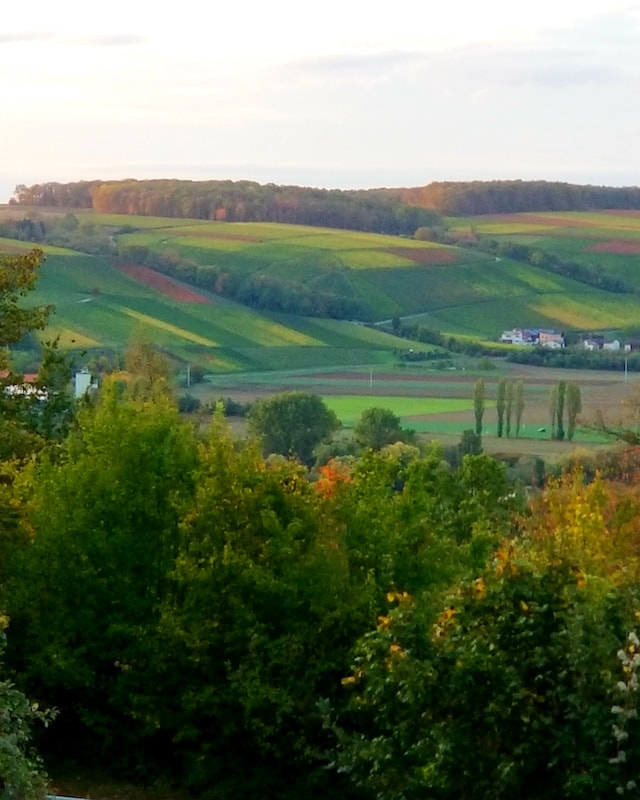
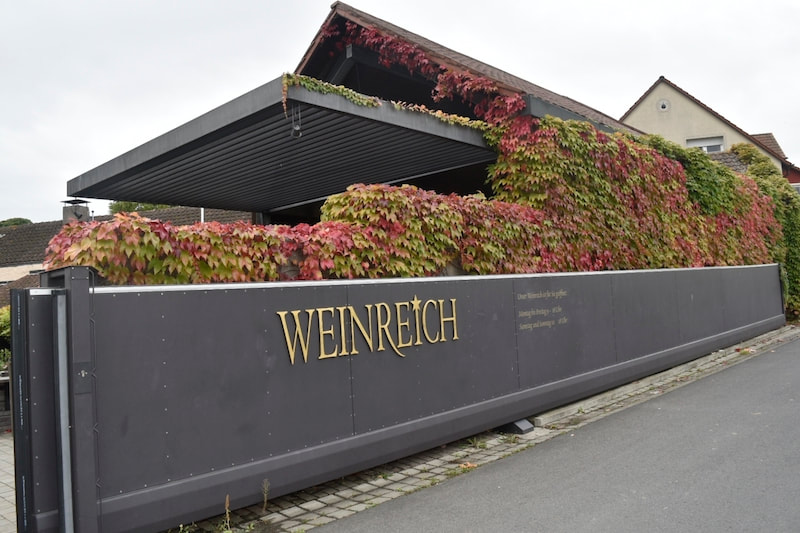
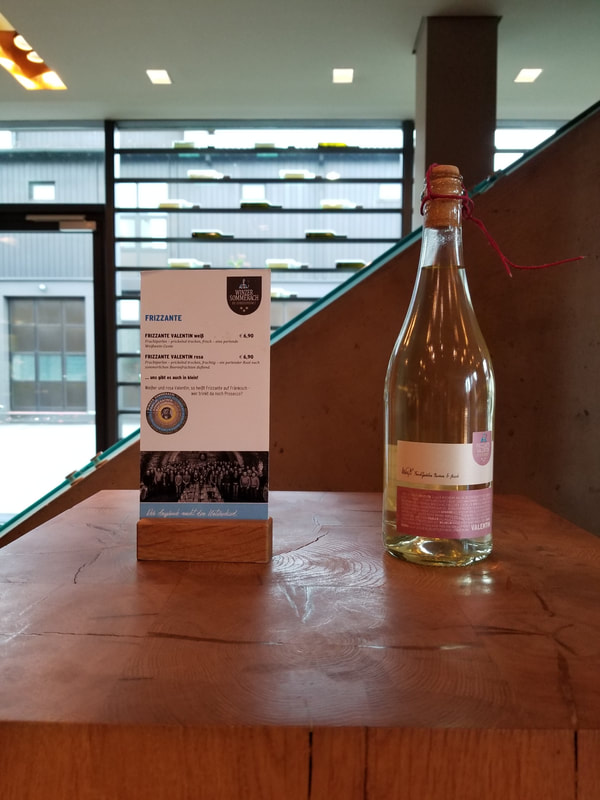
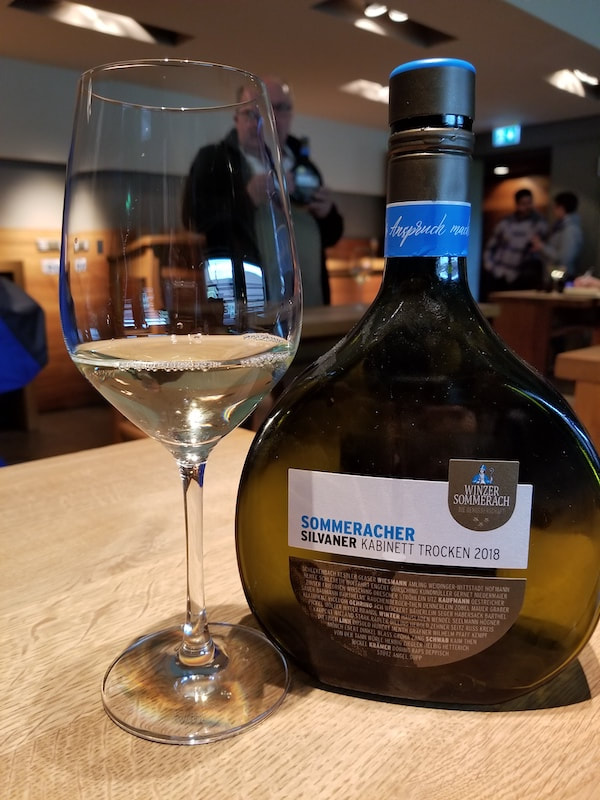
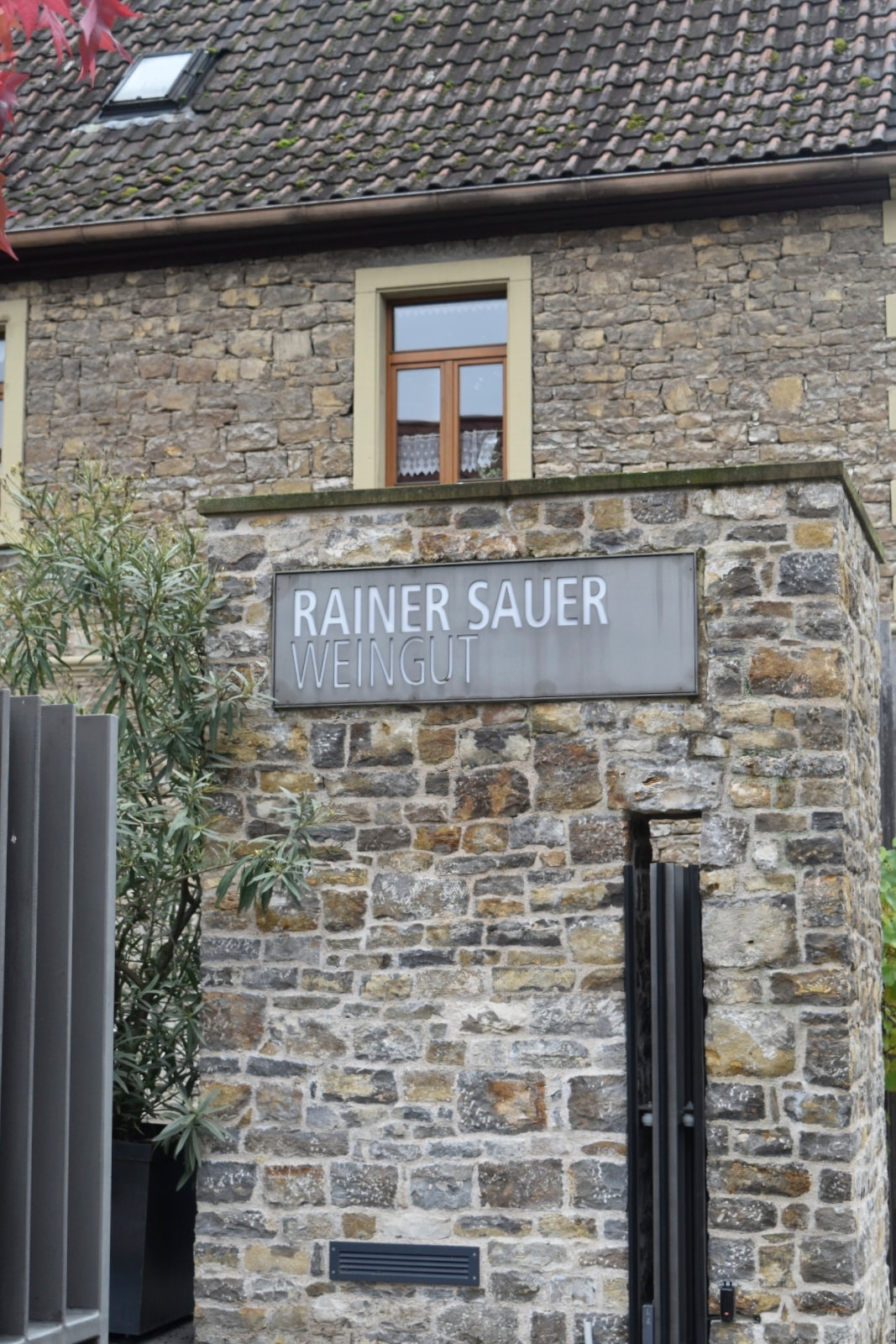
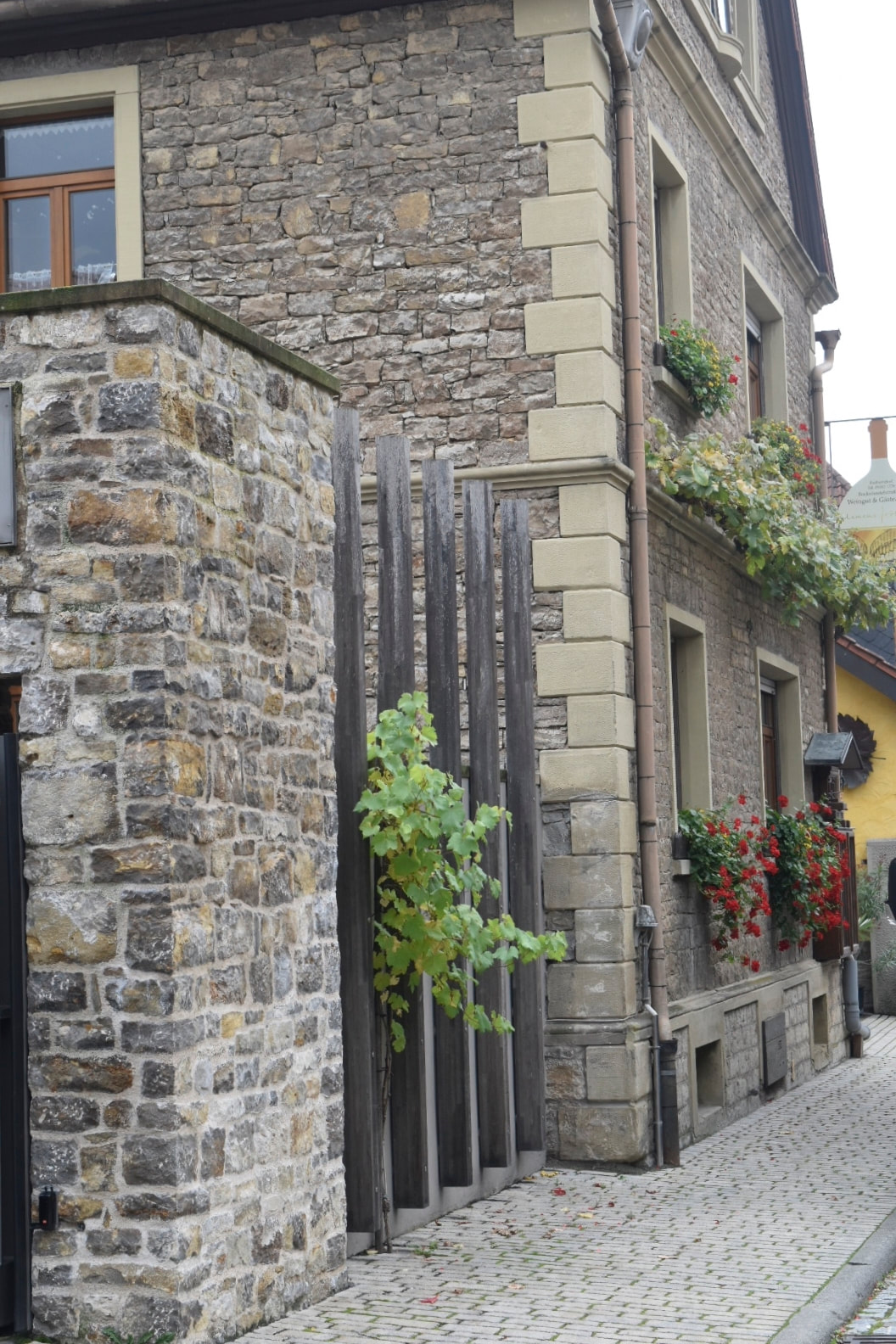
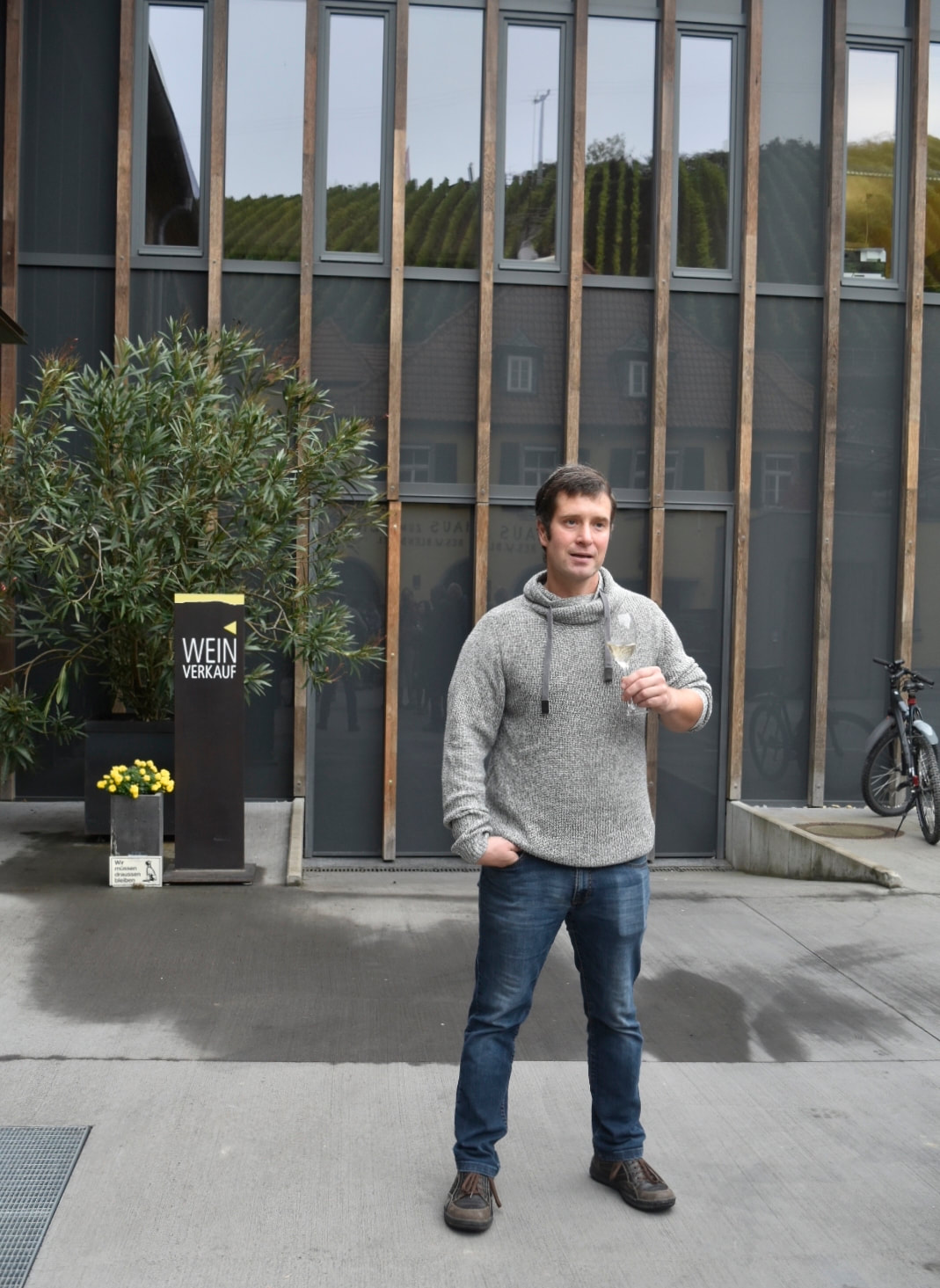
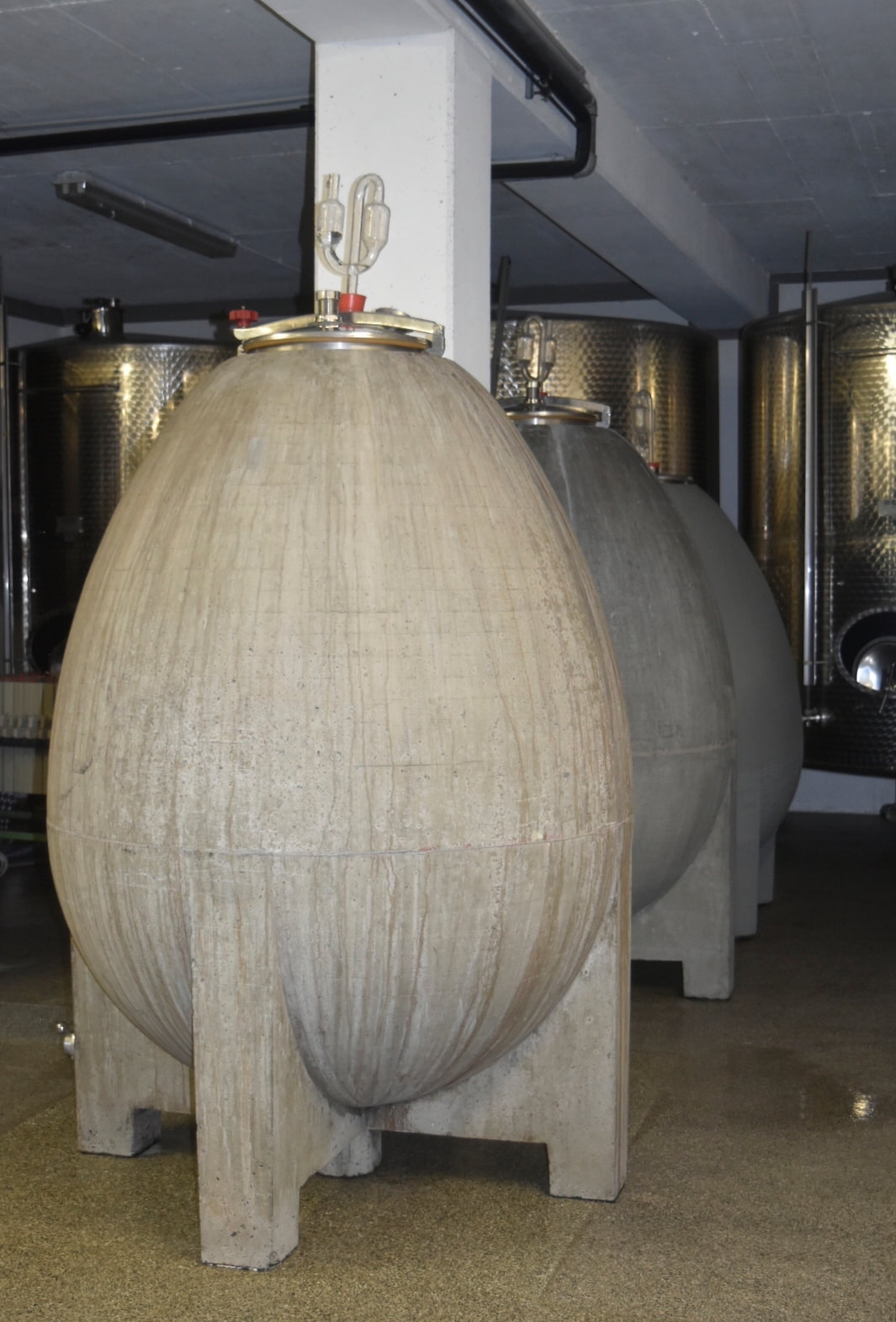
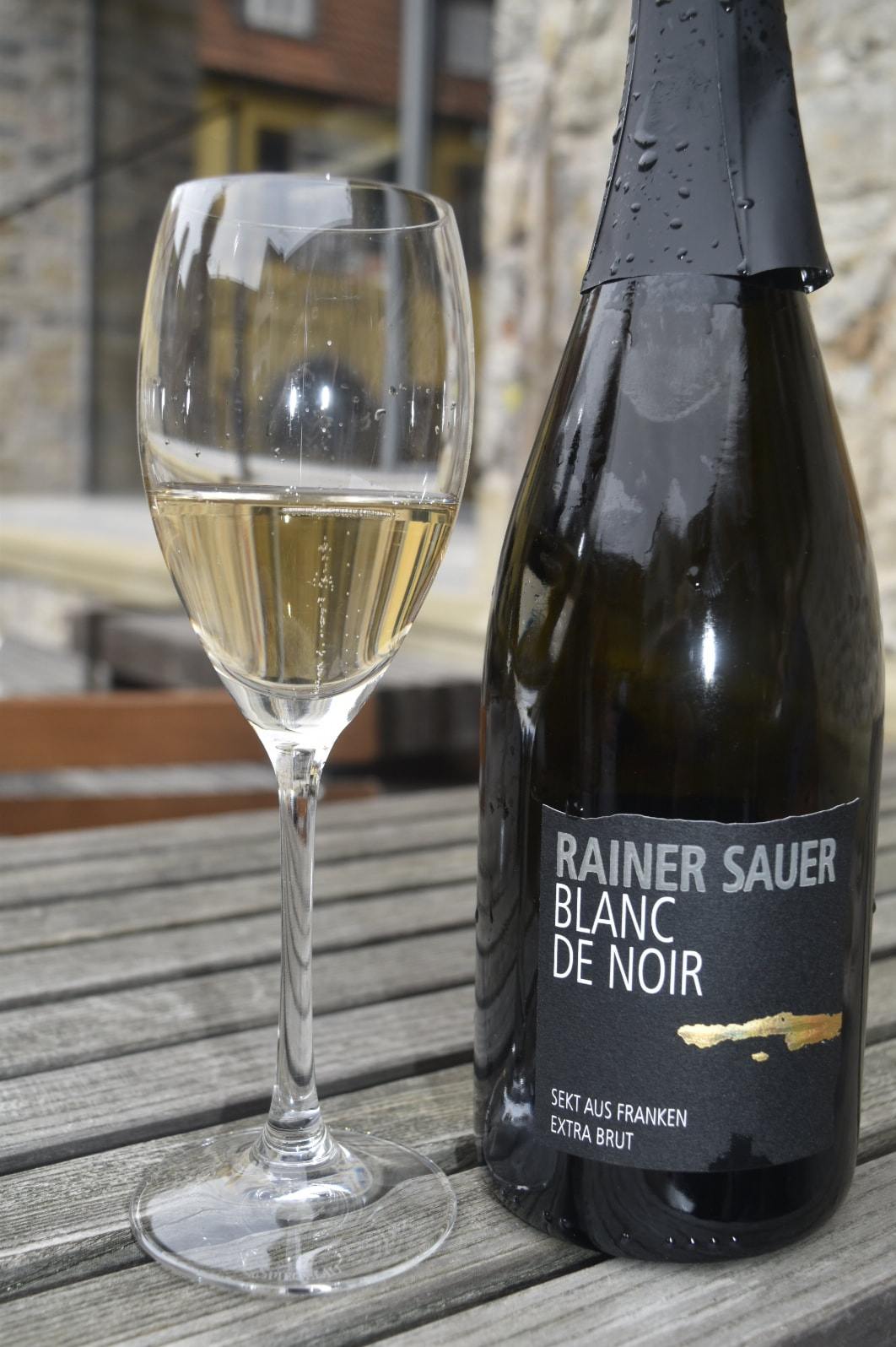
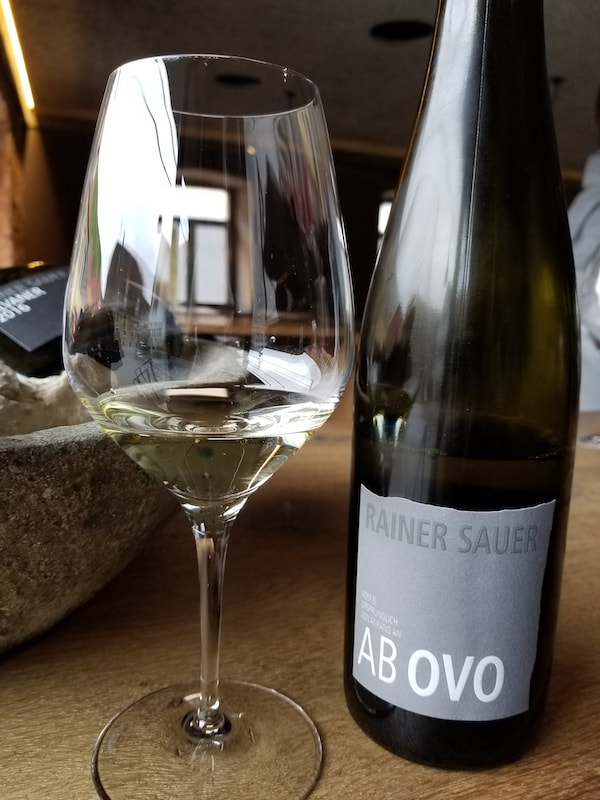
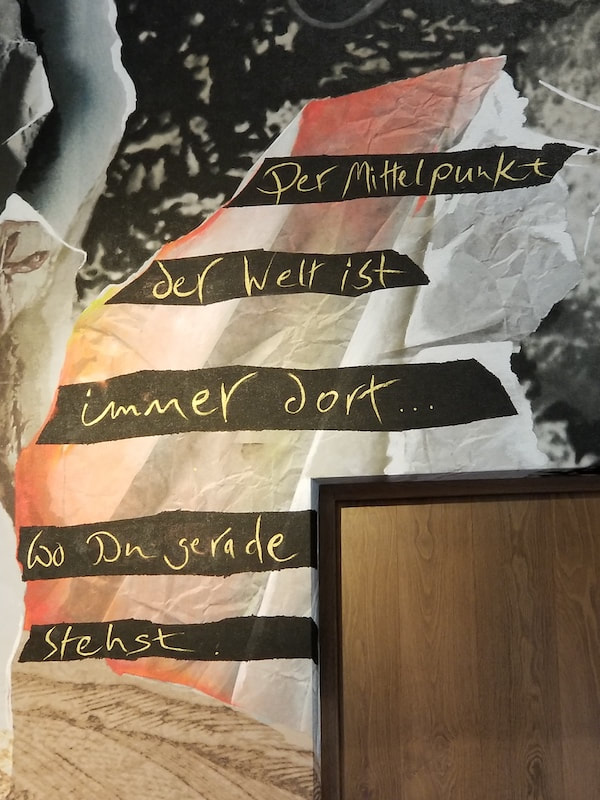
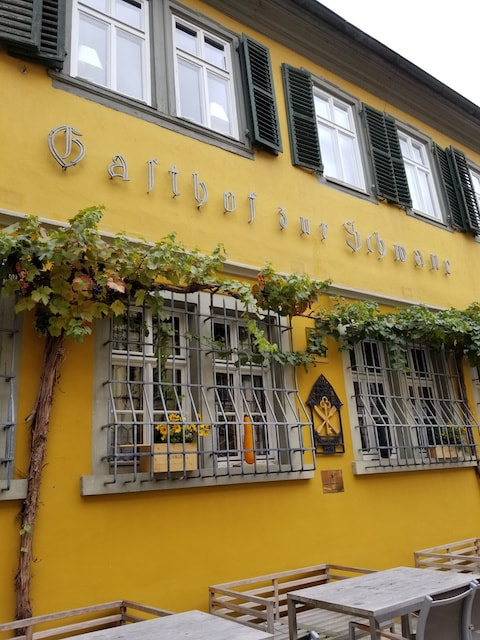
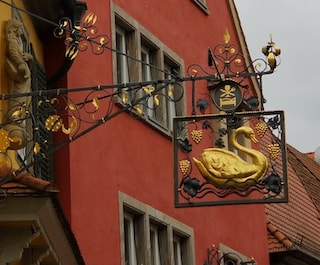
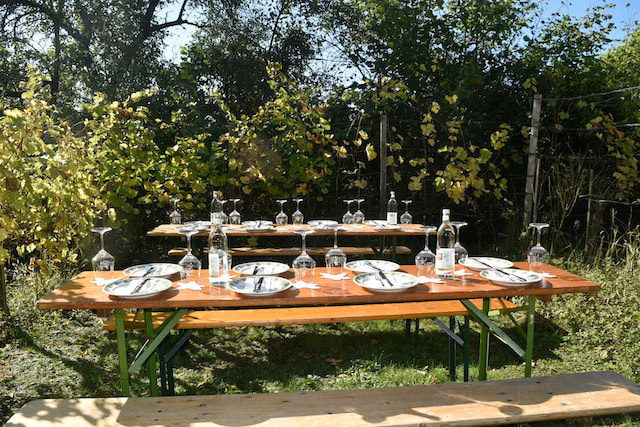
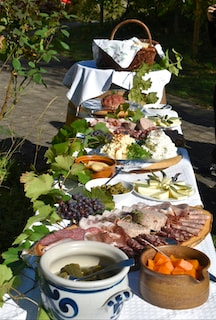
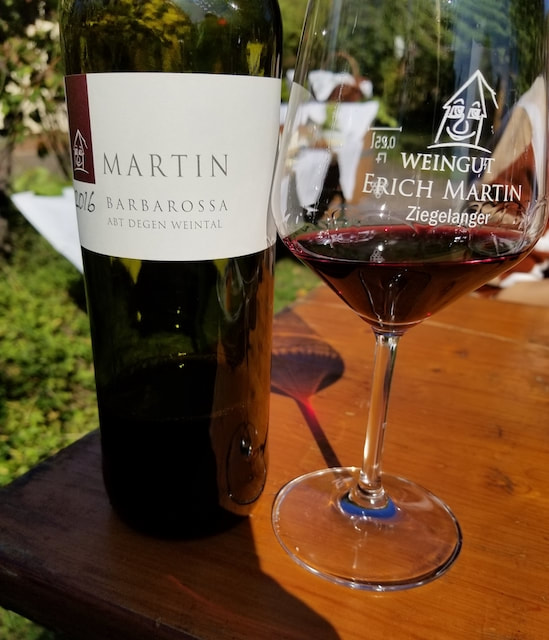
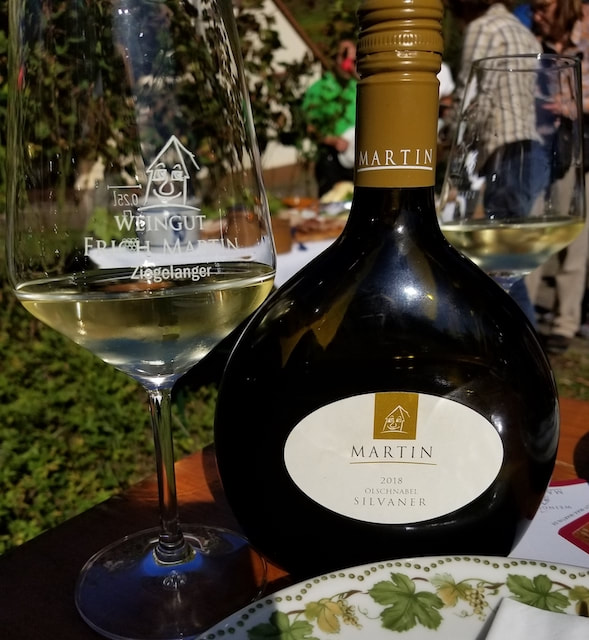
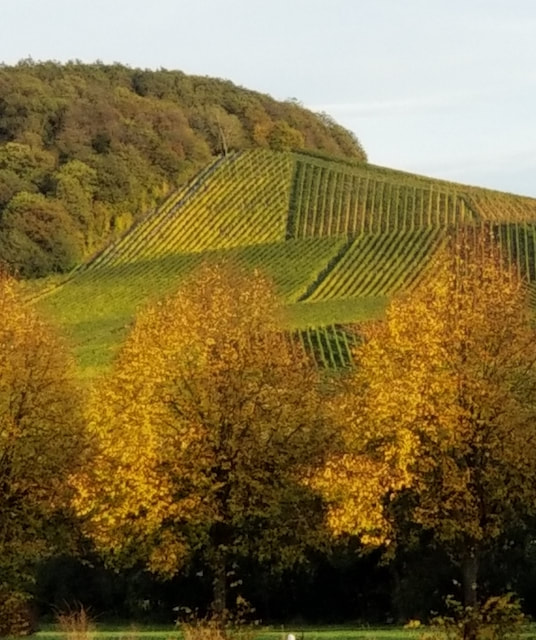
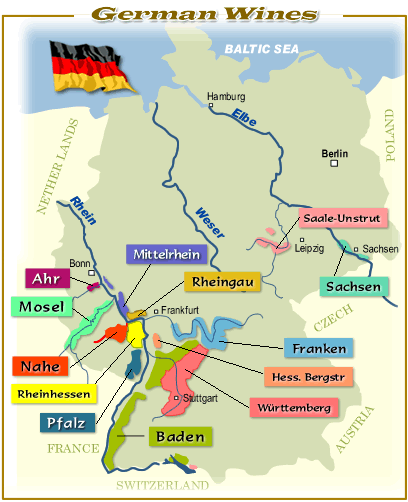
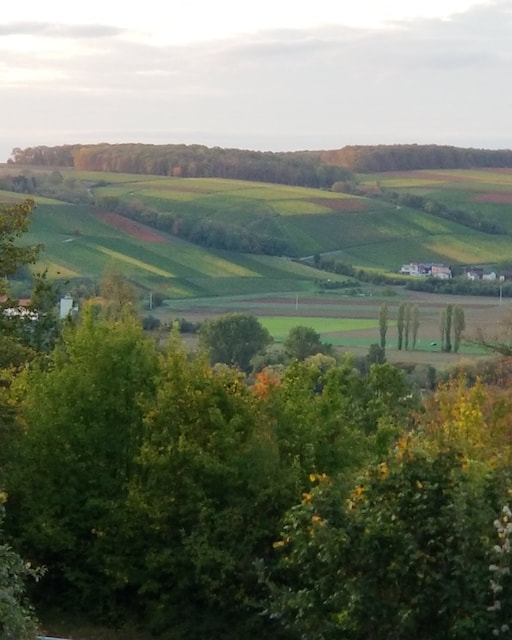
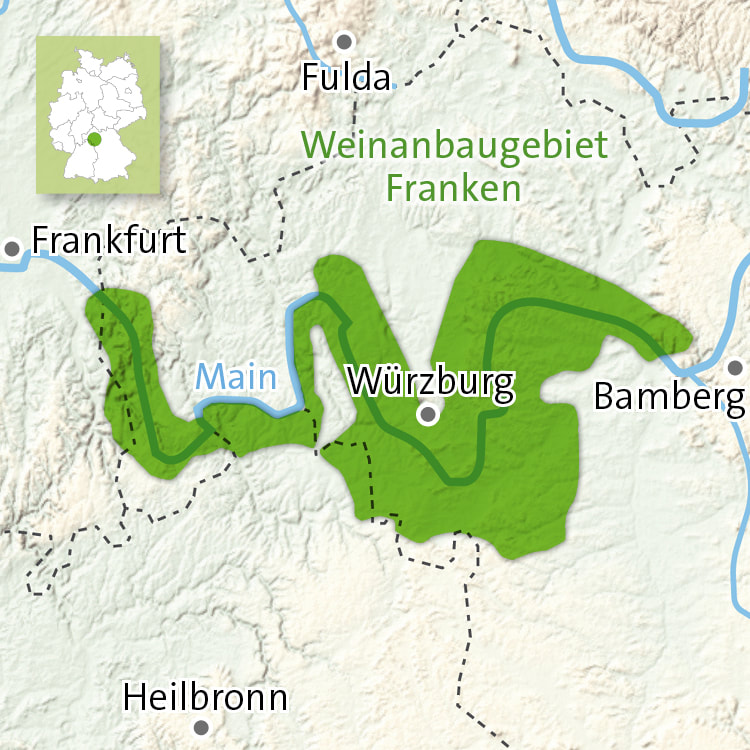
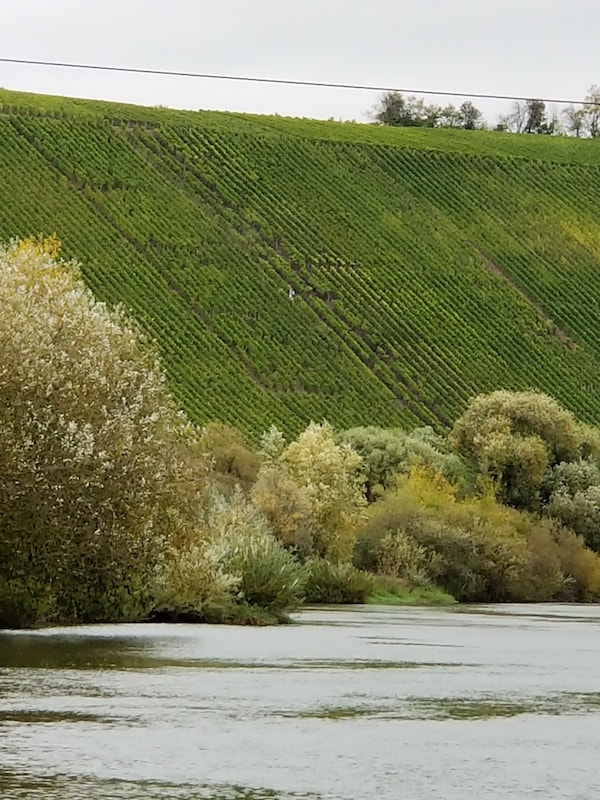
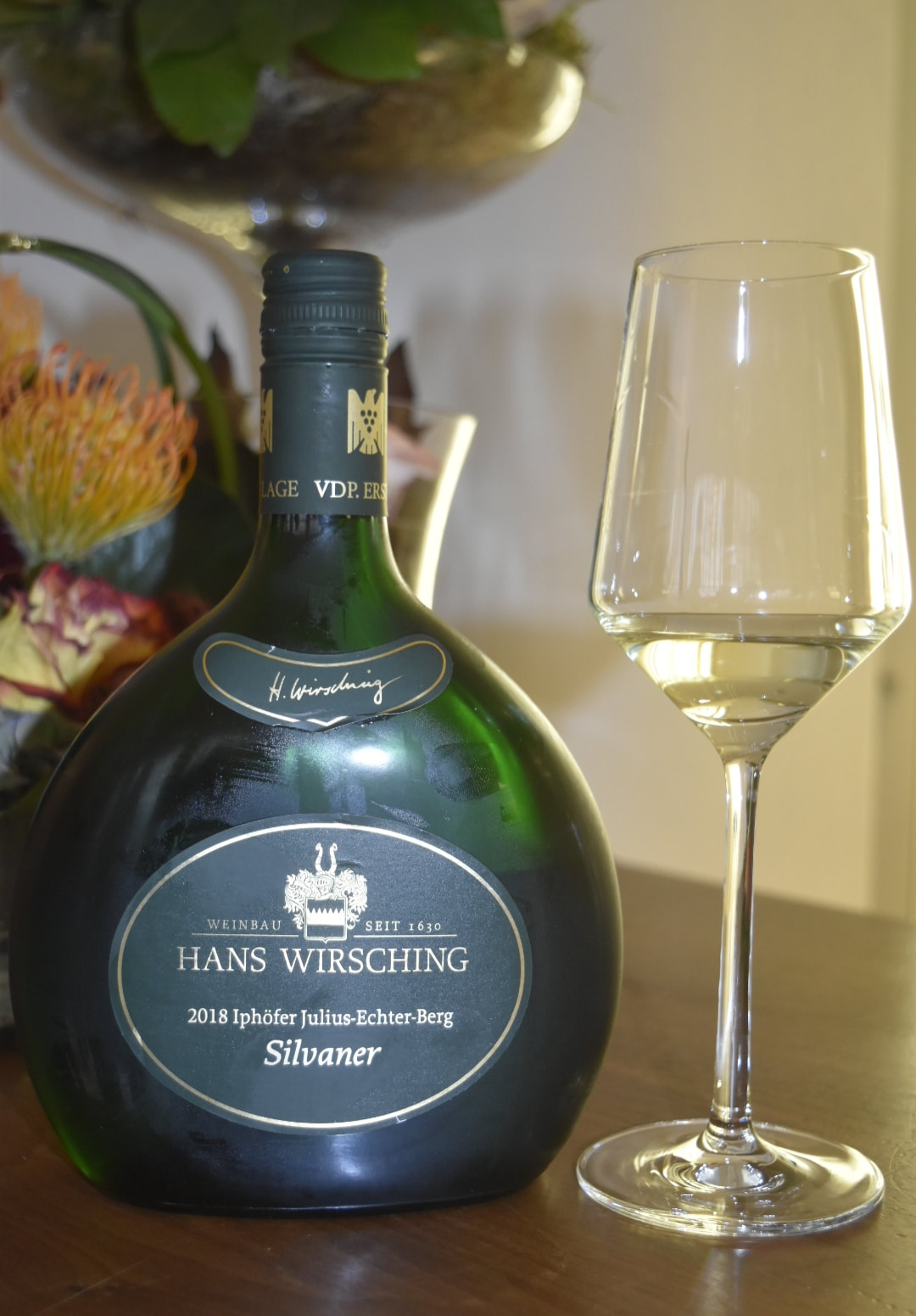
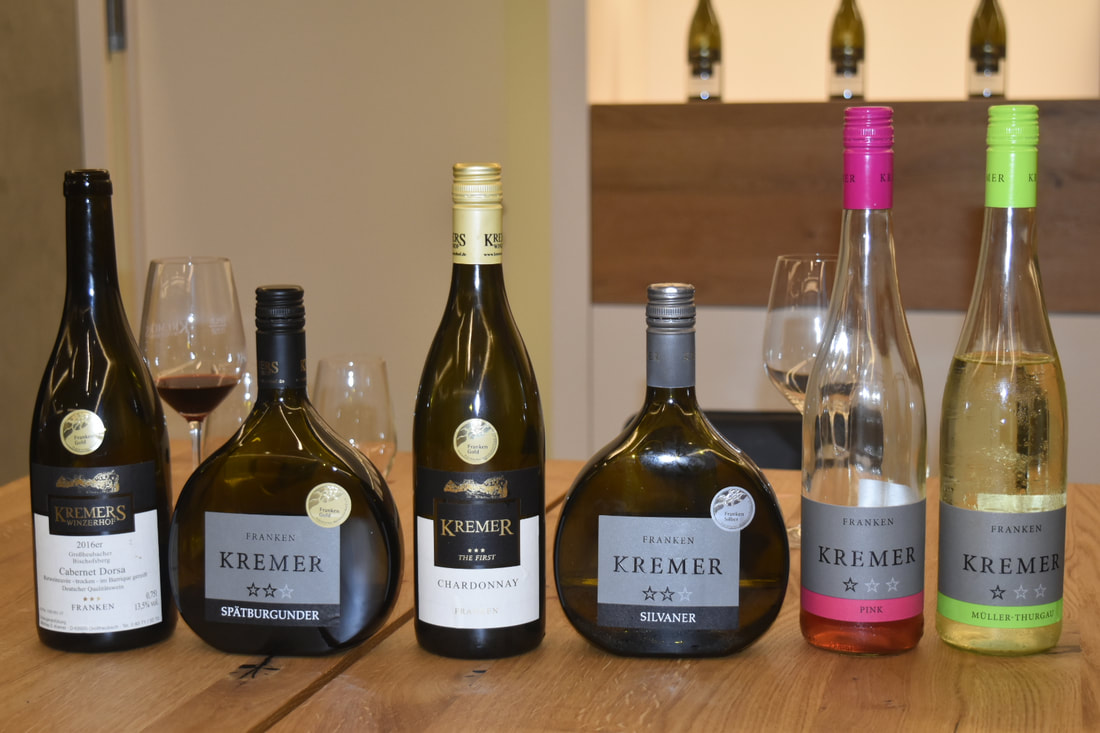
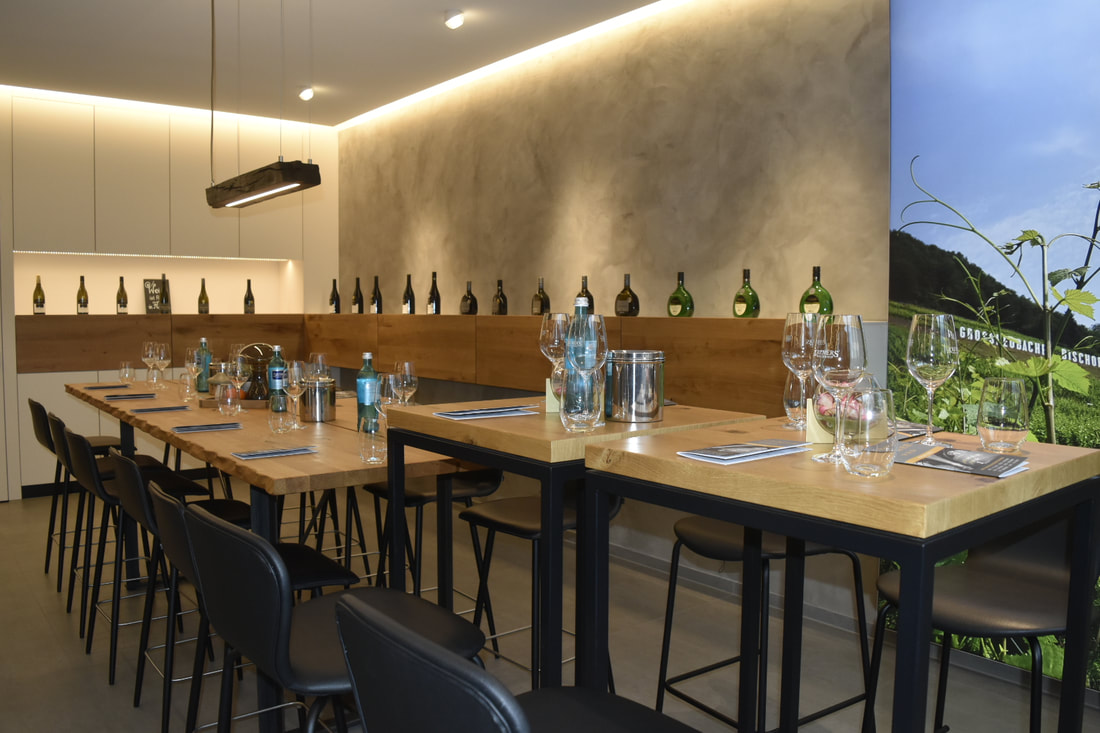
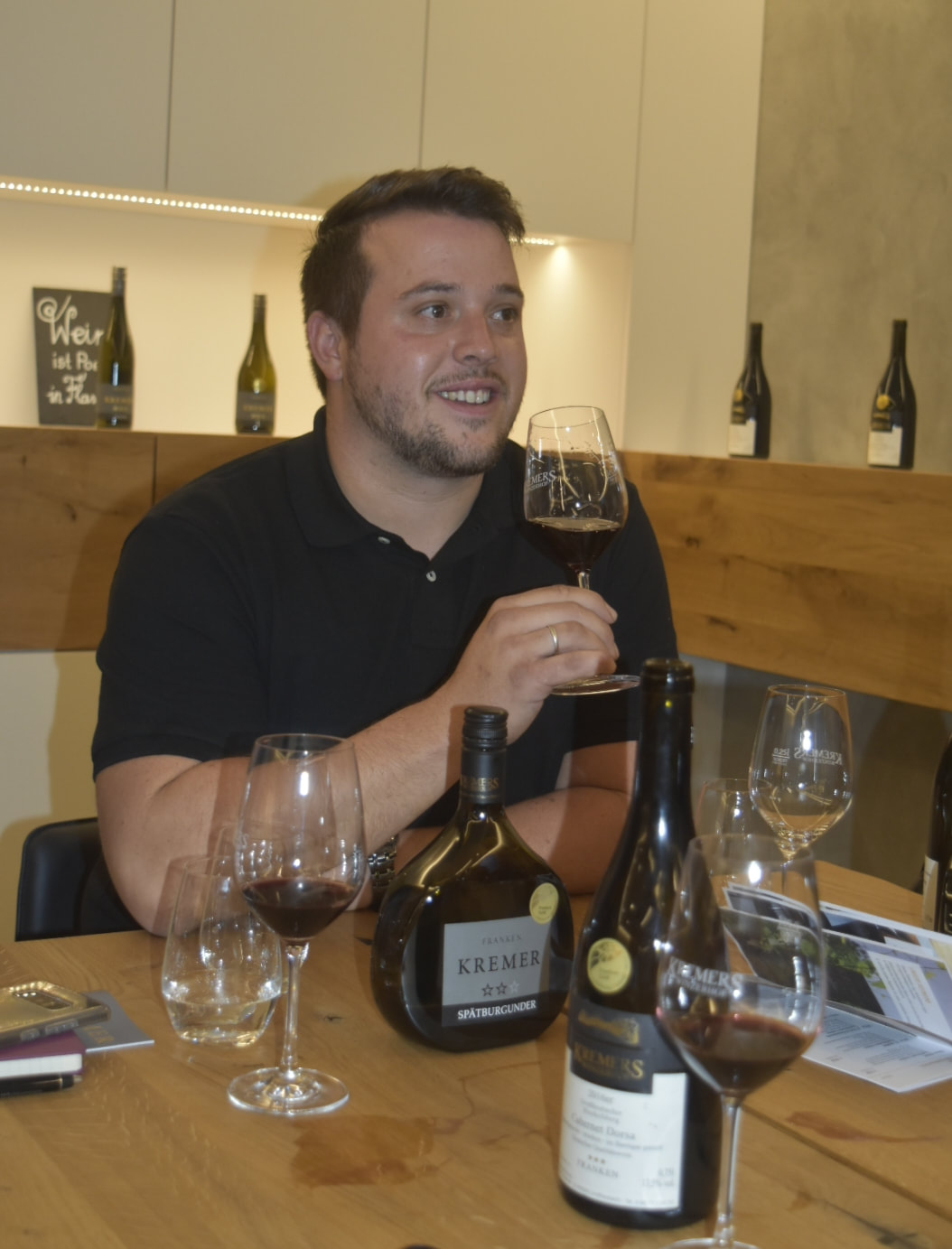
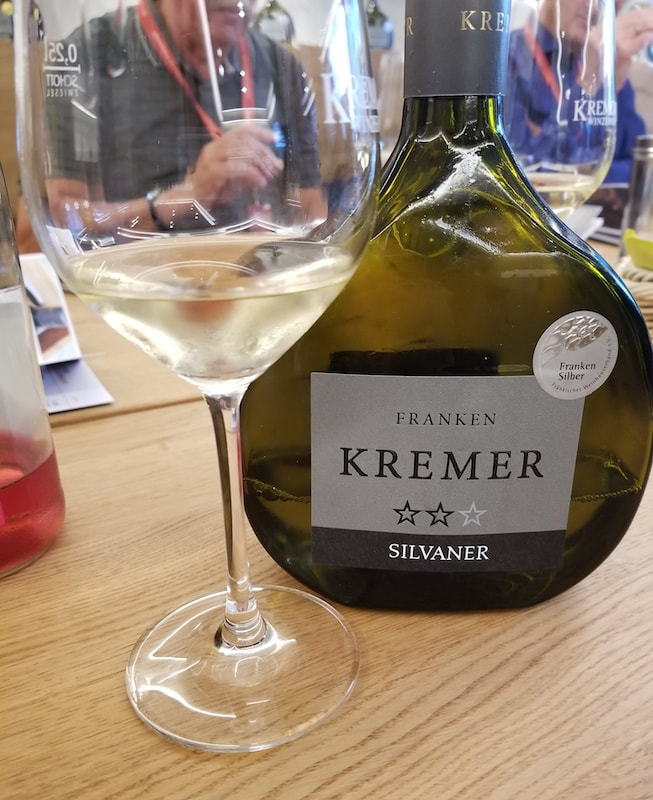
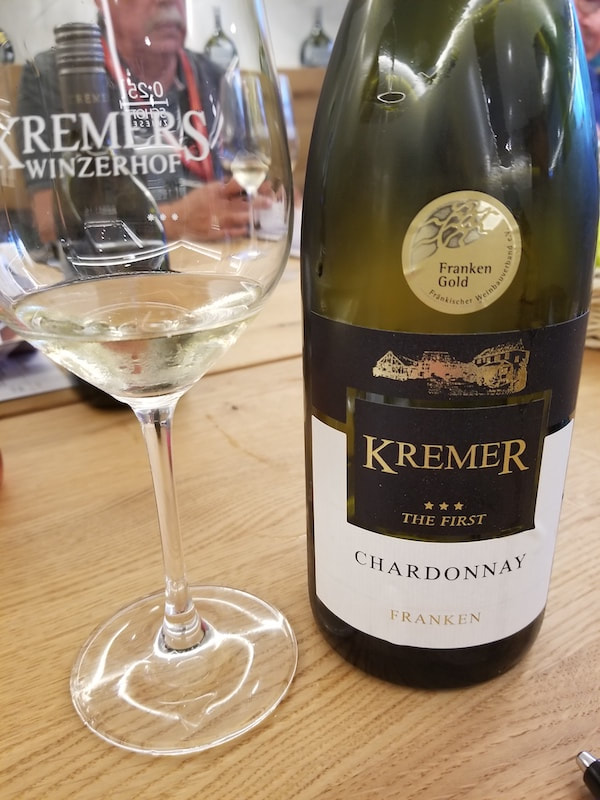
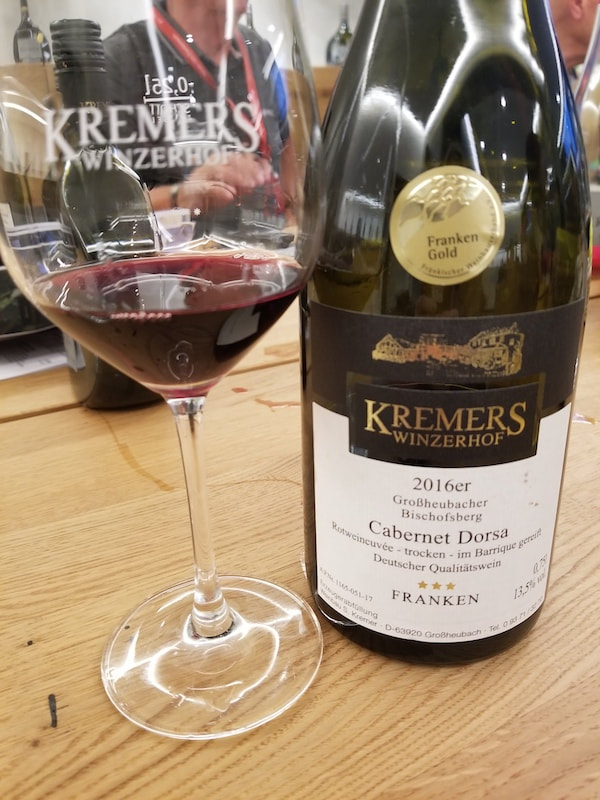
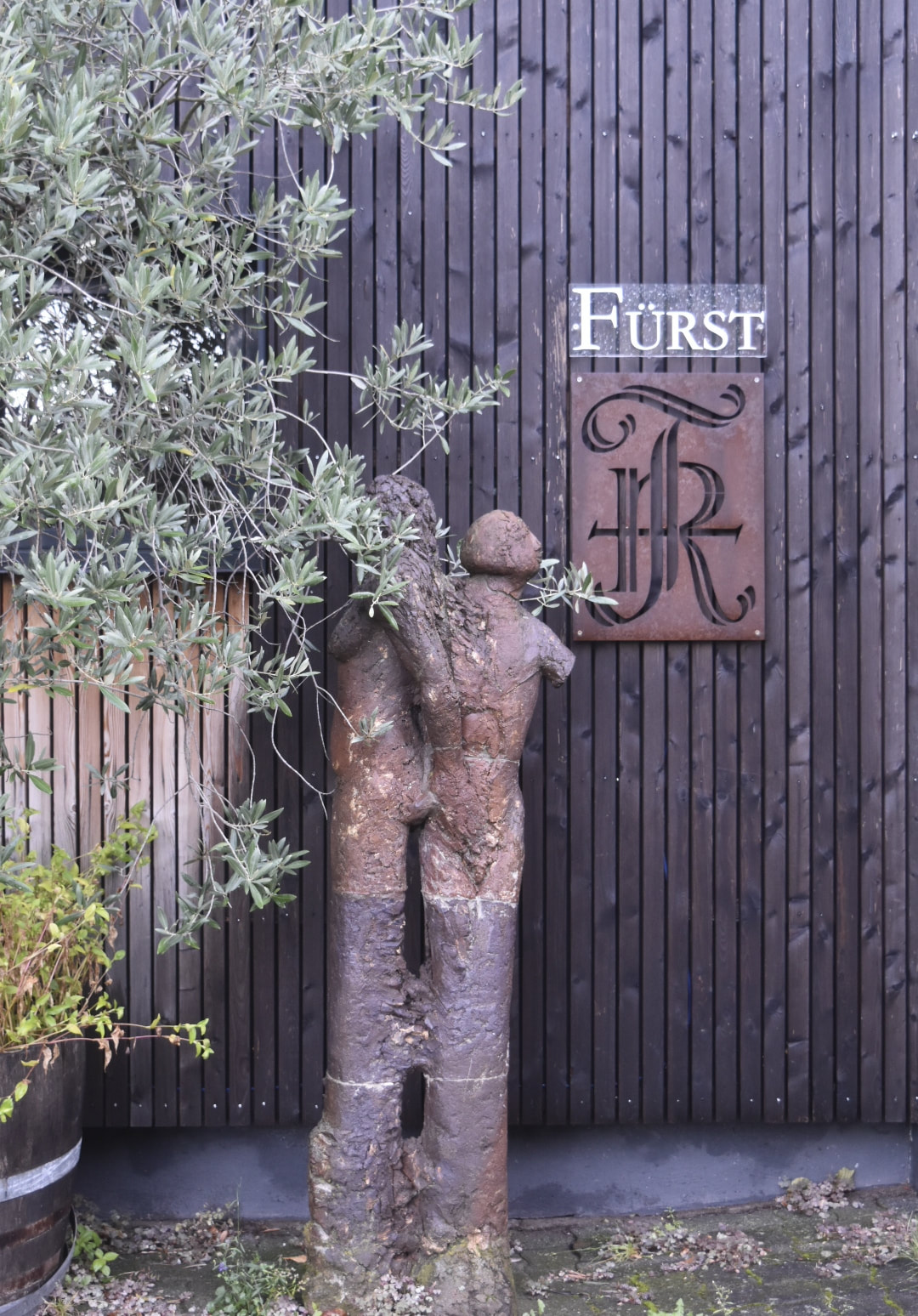
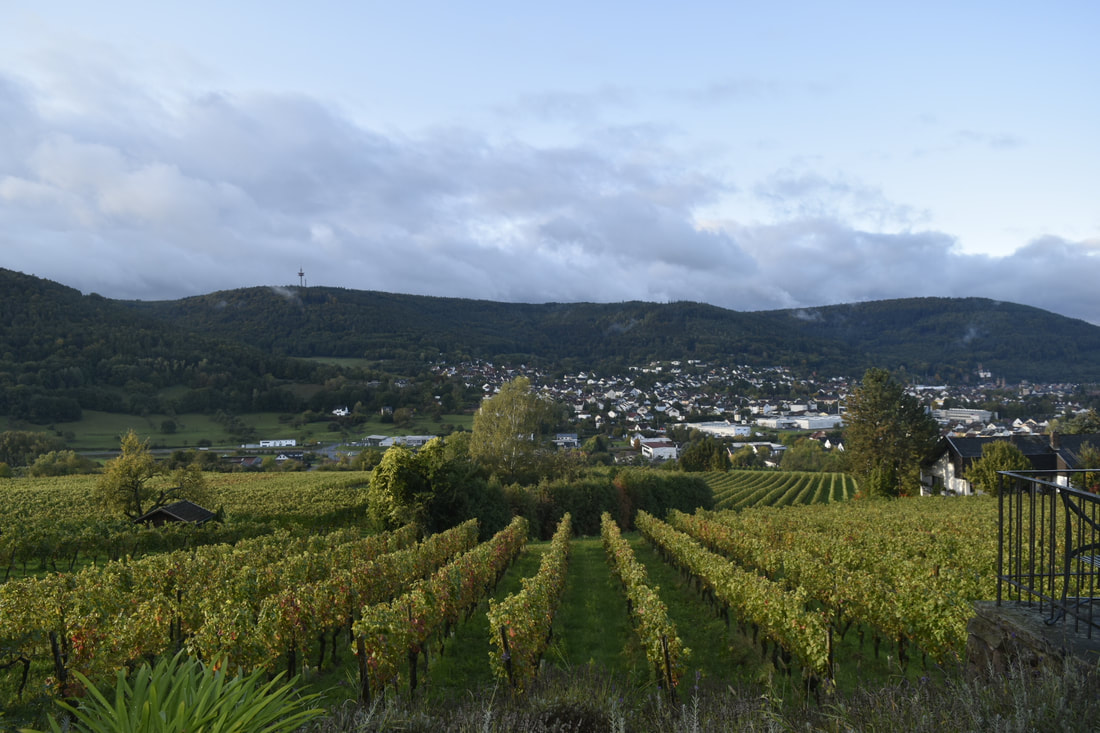
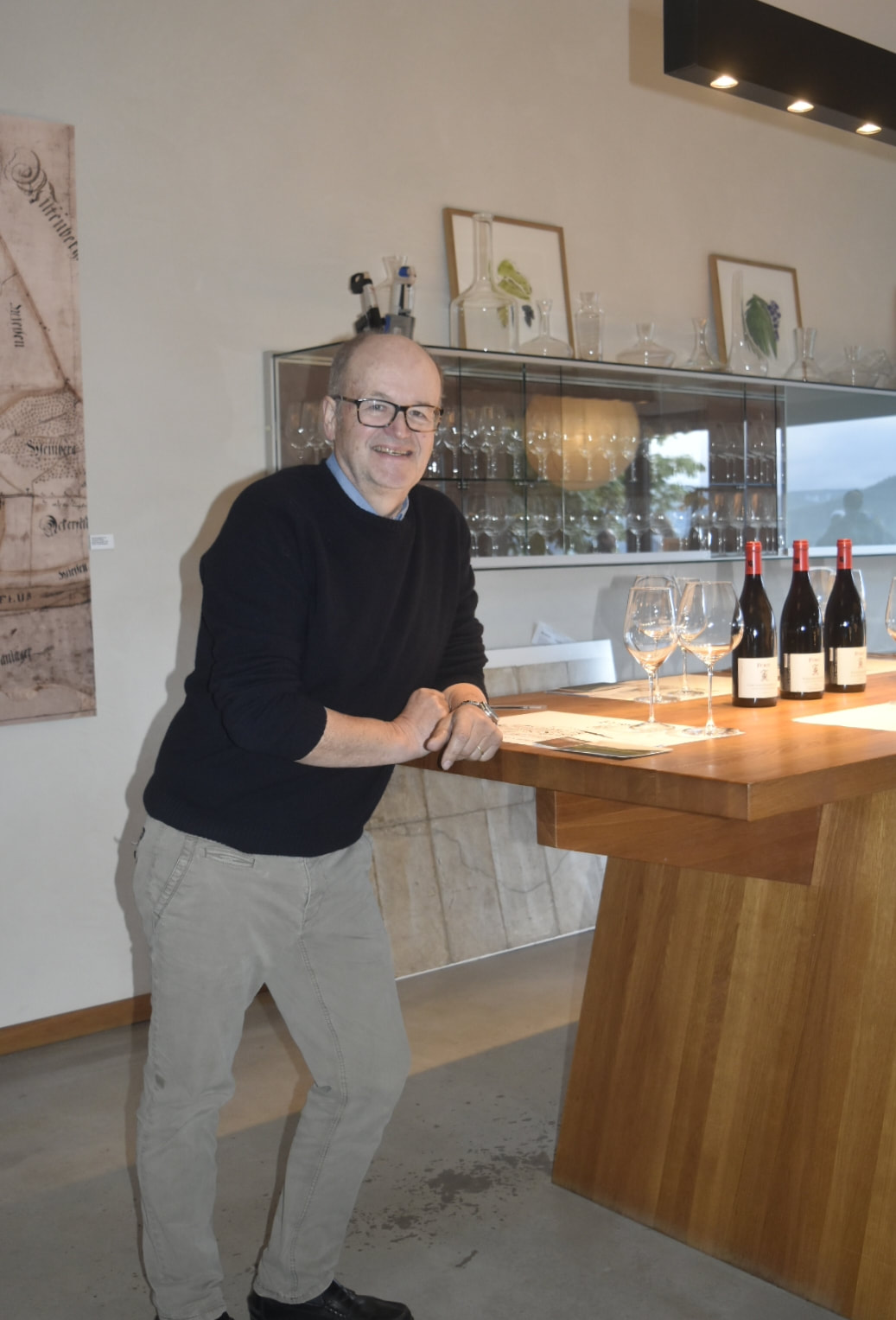
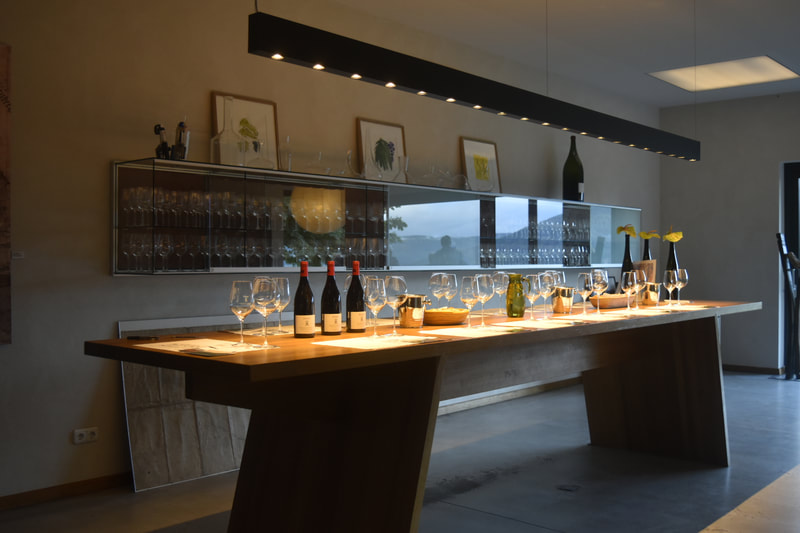
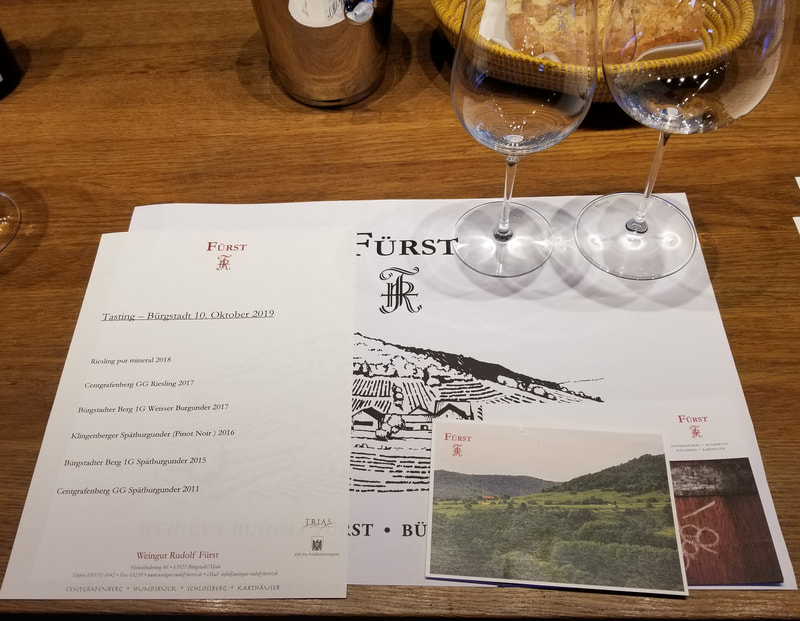
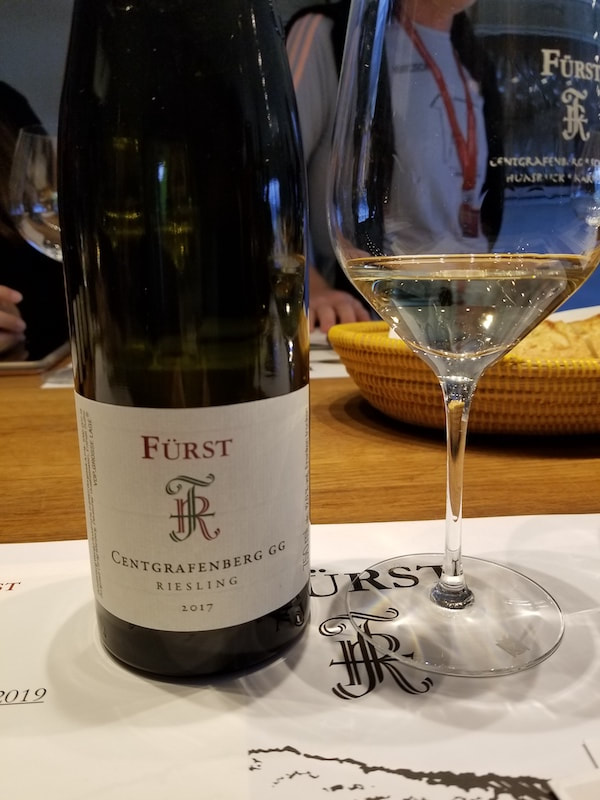
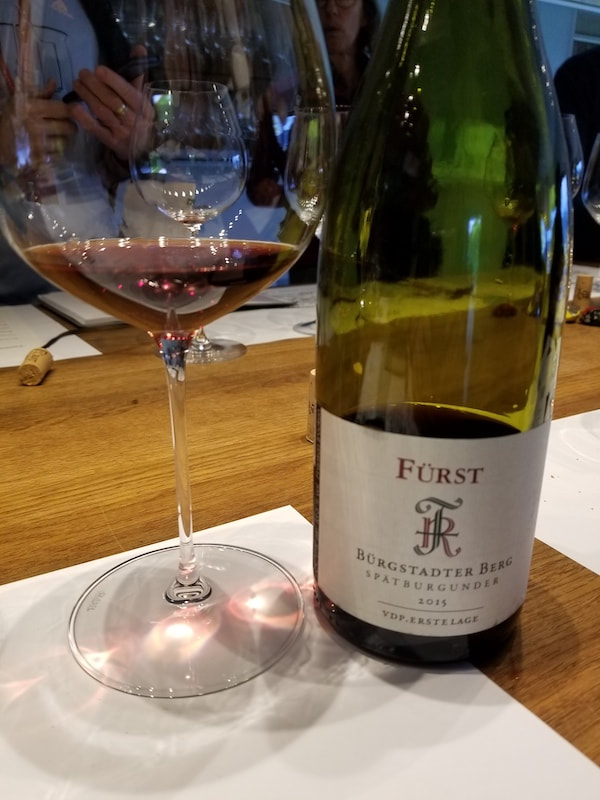
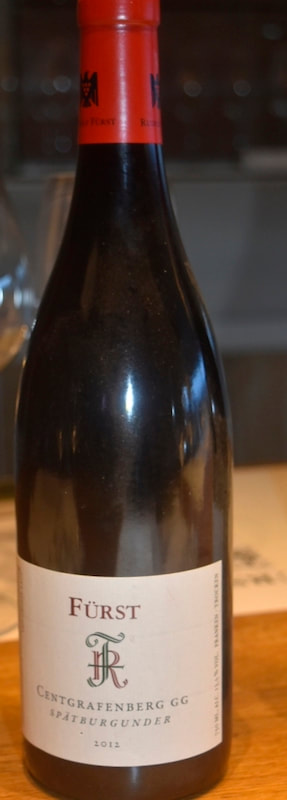
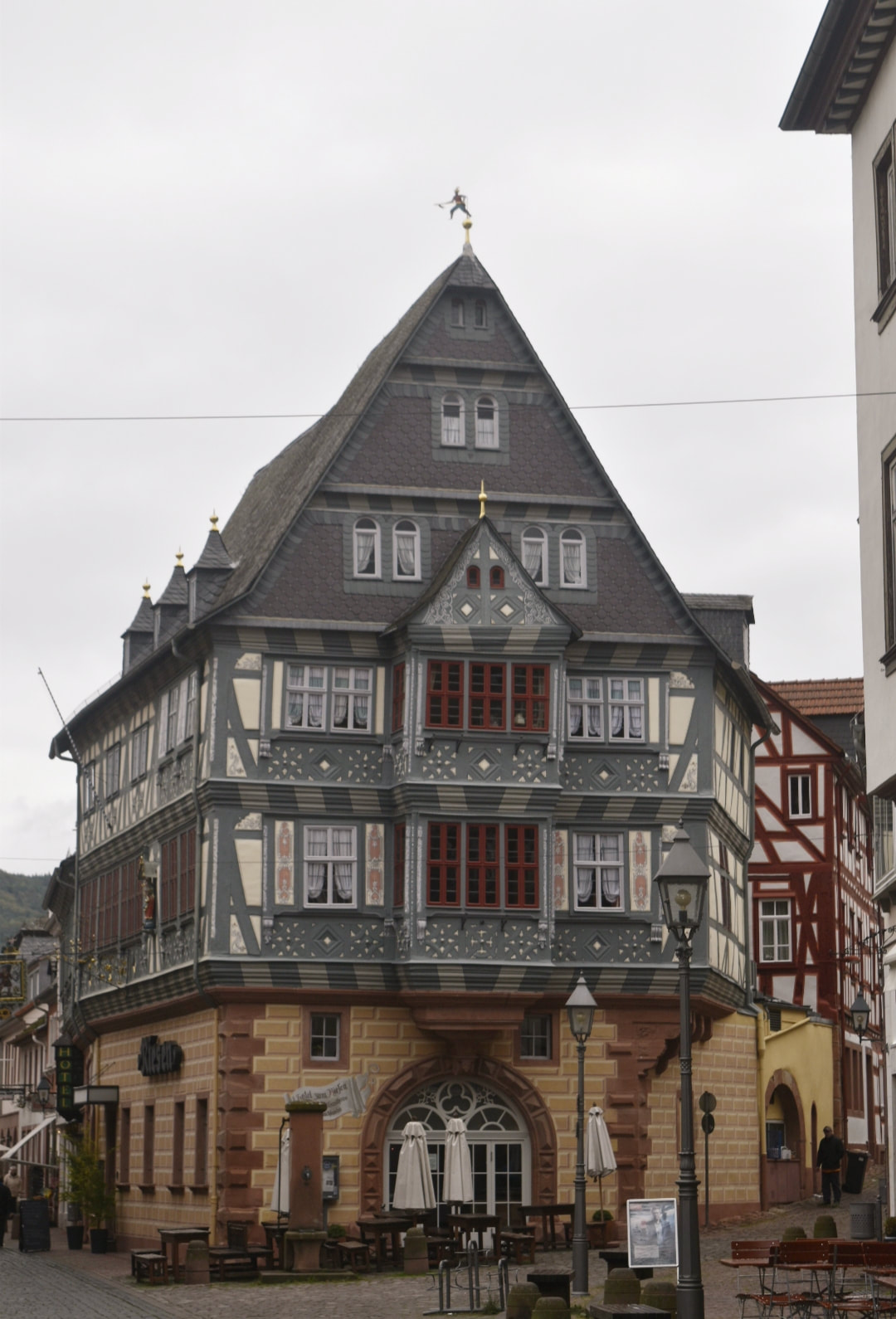
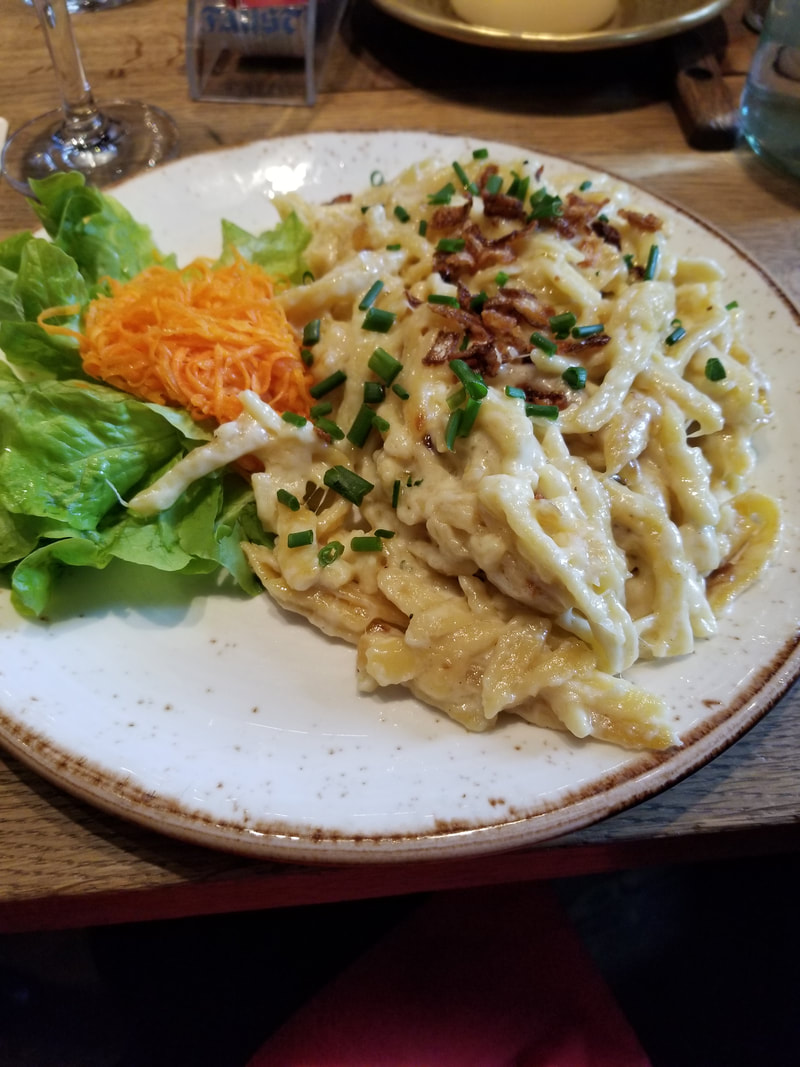
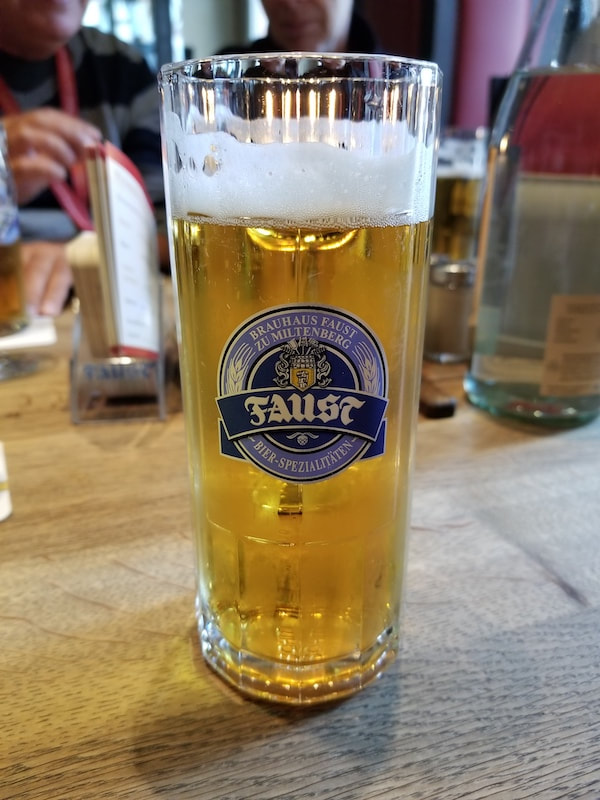
 RSS Feed
RSS Feed